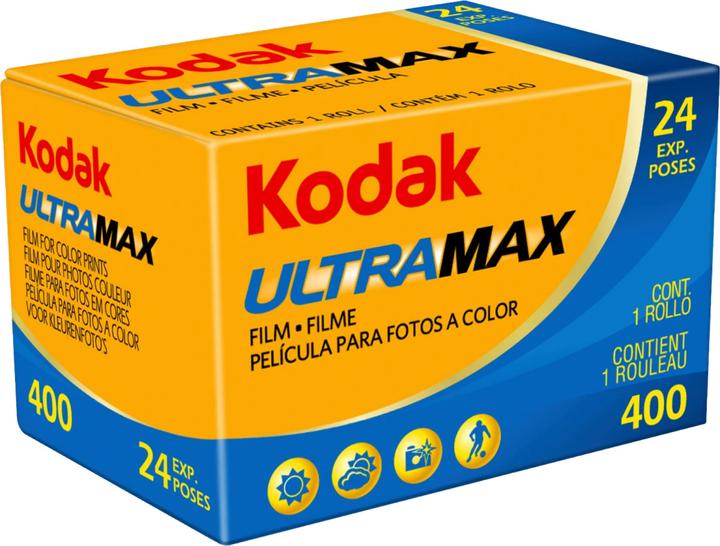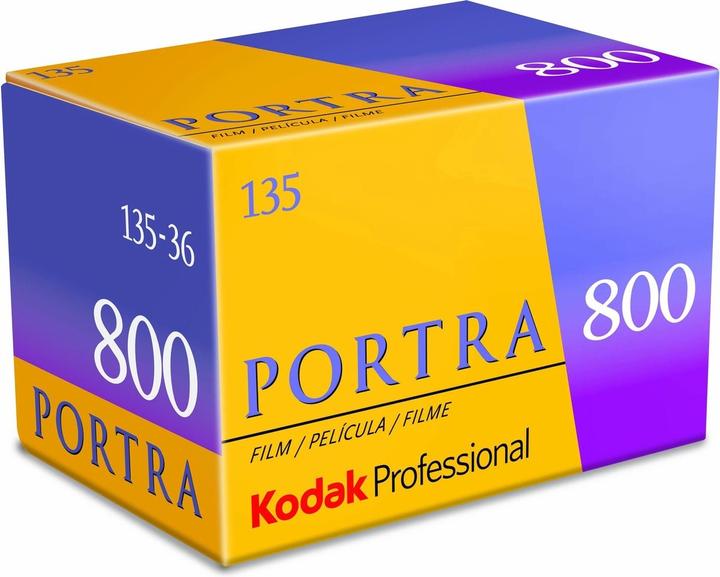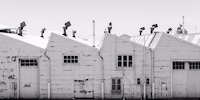
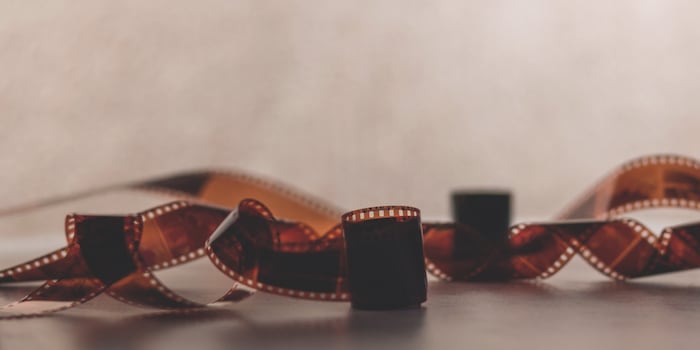
Analogue photography - Why you should still use film
Regardless of whether you want to get to grips with photography or simply want to indulge in nostalgia. Analogue photography has a charm of its own that digital photography will never be able to match.
The analogue appeal
Was that a good photo? Is it blurry? Should I maybe take another one? You never know! It is precisely this uncertainty about the photos that makes analogue photography so appealing. As a result, you have to think a lot more before taking a photo of a subject than with digital photography. Before taking a photo, you ask yourself what you want to say with the picture. Put simply, you engage with the photography much more intensively than if you just snap away at it.
I've made enormous progress in my photography by engaging with my subjects in this way. As a result, I now produce fewer "rejects" and get more usable photos. Admittedly, snapshots can also be attractive. Simply shooting from the hip and not knowing what you have just captured has a charm all of its own. However, most of these photos turn out more bad than good. This doesn't matter with digital photography. You can simply delete the unsuccessful photos. This is not possible with analogue photography. As developing is not free, this can quickly add up.
Disadvantages of analogue photography
A common disadvantage associated with analogue photography is the financial aspect. A 135 film costs anywhere between five and ten francs. Depending on the ISO sensitivity and whether you prefer to photograph in colour or black and white. Another six to ten francs per film are then added for developing without prints. For a film with 36 images, this adds up to around 40 cents per photo. With excessive photography, this quickly becomes expensive.
However, the price of a camera should also be factored into the equation. Analogue SLR cameras in good condition can be purchased from well-known online auction houses for between 50 and 150 francs. This means you can take a few photos for 40 cents each until you reach the price range of digital SLR cameras. With auctioned cameras, there is always a risk that the camera will not work. It's quite possible that you'll blow a few francs and buy a broken device at auction. But I can reassure you. All the cameras I have bought have worked. However, there is always a small residual risk.
What types of film are there
Since there are still people among us who take photos with film, it is still being produced today. Of course, the choice is no longer as wide as it was back then. The most common types of film are still available. There are basically two types of film formats: 35mm film (135) and roll film (120).
For both of these film formats, different types of film are available. There are colour negative films, colour slide films and black and white films. Which type of film you end up using is up to your personal preference. What you need to pay attention to, however, is the ISO value of the respective film. Most films have an ISO value between 100 and 800, and the higher this number is, the more light-sensitive your film is. You should therefore choose a lower number during the day and a higher number at night. Unlike with digital photography, the value cannot be selected at will, but is linked to the film.
Here is a small selection of films with different ISO values:
My first attempts
I bought my "first" analogue camera almost exactly six years ago. (Of course I also had one as a little boy, but I'm not counting it here). It was a "Smena 8M" from 1970, a compact camera made of plastic from the former Soviet Union. I was quite overwhelmed with it, as I knew little about aperture and shutter speed at the time. As the settings are not recognisable through the viewfinder, my first photos were more bad than good. So I had to get a simpler device.
The second camera I bought was also a compact camera. However, it had an integrated light meter that automatically set the aperture and shutter speed. The only thing I had to set manually was the focus. This was the first time I was able to take decent photos with an analogue camera.
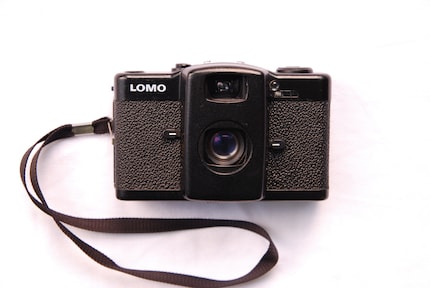
I still like to take it outside every now and then. Its compact design and user-friendliness make it the ideal companion when you just want to go out and take pictures. This is particularly beneficial if you don't know much about photography, as your photos will almost always look good with this camera.
One step further
After a while, however, I wanted to try something new and go one step further. So I bought an old SLR camera. It was a Zenit-E from 1980. Its metal body weighed what felt like ten kilograms, but that made it almost indestructible. I really enjoyed this camera and learnt a lot about photography with it. What happens when I open the aperture wider? How far can I go with the shutter speeds?
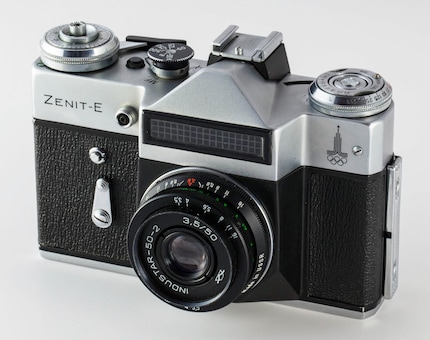
It's massive weight and the technology from the Soviet Union, which didn't always work perfectly, led me to buy newer models. Among other things, I now own a Nikon F80 and a Canon 5, both of which are SLR cameras from the modern analogue era. Both date from the turn of the millennium. They work in the same way as today's digital cameras, also have different modes and can be paired with current lenses. The only difference is that you can only see the photos after they have been developed in the lab.
What are you waiting for
Get going and go outside. But don't forget your camera. Set it to manual and snap your way through the day. Whether you're already analogue or still digital is up to you. In any case, you'll find me using film more often than a memory card.
You might also like this:
I get paid to play with toys all day.
From the latest iPhone to the return of 80s fashion. The editorial team will help you make sense of it all.
Show all